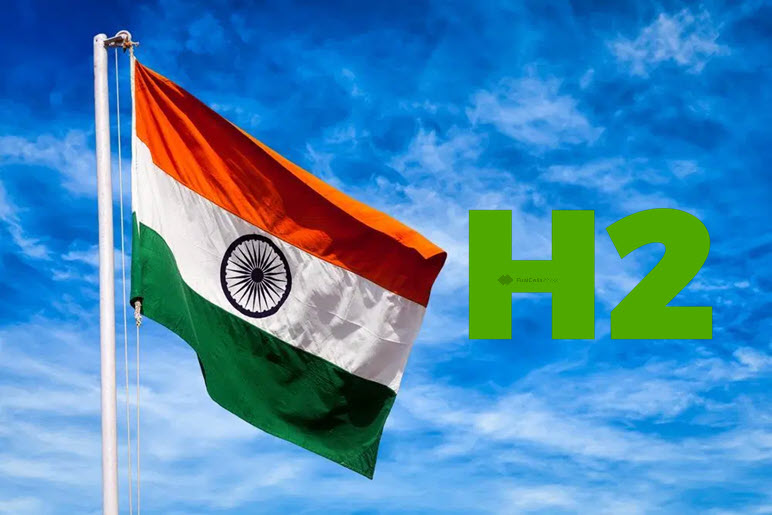
India is on track to become a world leader in green hydrogen and to challenge China’s lead in solar energy, according to its energy minister.
A rapid increase in renewable energy investments, including those from outside, is helping India establish itself as a key provider of clean energy technologies and an exporter of hydrogen and ammonia with low emissions in the future. Raj Kumar Singh announced Tuesday in Sydney.
“After China, we will be the largest manufacturer of high-efficiency solar cells and modules,” Singh said on the sidelines of a two-day energy summit and meetings of the Quad group of nations, which also includes the United States, Japan, and Australia. We will be the world’s largest providers of green hydrogen and green ammonia.
A 50 gigawatt expansion of India’s solar cell and module production capacity is currently underway, according to Singh. Approximately $9 billion to $11 billion is invested annually in renewable energy and will “increase tremendously” along with substantial local improvements.
One of India’s most valuable companies, Mukesh Ambani’s Reliance Industries Ltd., plans to increase production of solar panels, electrolyzers for clean hydrogen, and rechargeable batteries, according to billionaire Gautam Adani. Last month, TotalEnergies SE committed to partnering with Adani in India to produce hydrogen.
“We are the largest and most appealing renewable energy market in the world,” Singh stated in the interview. Previously, the government granted subsidies for local solar panel manufacture, and it is currently contemplating offering subsidies for electrolyzer production.
The manufacturing of solar cells and modules in India is no longer a major contributor to the global market. 86 percent of cells and two-thirds of modules were manufactured in China in 2021, according to BloombergNEF.
Singh stated that the pressure on India’s coal supply, which accounts for around 70 percent of electrical generation, has lessened, supported by a dramatic increase in imports. In an effort to prevent a repetition of last year’s power outages, the government has increased its imports of the fuel from abroad despite the rise in worldwide costs.
Singh stated, “I don’t want these imports to continue indefinitely.” “I believe that if you have coal reserves in your own nation, as does the minister of coal, then there is no reason to import it.”
Read the most up to date Fuel Cell and Hydrogen Industry news at FuelCellsWorks




